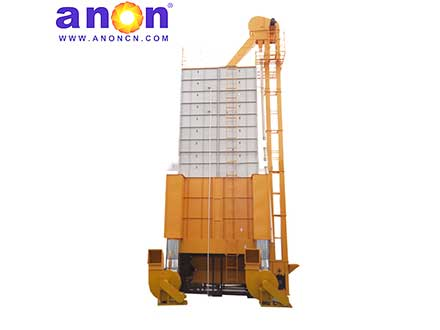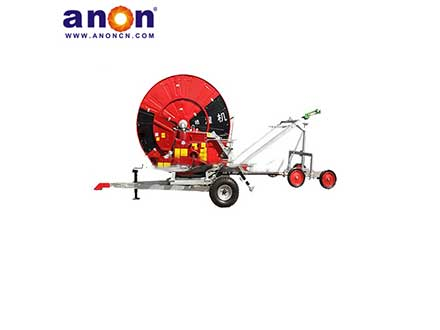Introduction
Rice milling might seem straightforward, but it is actually quite intricate. It is the process that transforms grains into the white rice you eat.
In this article, we will explore rice milling, covering its significance, steps, and equipment. Drawing from over a decade of experience, we are excited to share our insights with you.
Ready to dive into the world? Let’s begin now!

What is Rice Milling?
Rice milling is a method of rice processing, through which rice changes from yellow to white. The rice milling equipment is designed to produce fully milled, impurity-free, and minimize the crushing rate of rice grains. The yield and quality of rice milling depend on the quality of the rice and the milling equipment used.
Importance of Rice Milling in Agriculture
Rice milling is of great significance in rice cultivation and processing. It has made significant contributions to agriculture.
Economic: It is the process of turning harvested rice into a consumable form. This boosts the value of rice for sale. Concurrently, it ensures farmers and workers involved in rice farming earn a steady income.
Nutritional: Rice becomes more nutritious during processing. These nutrients encompass vital vitamins, minerals, and dietary fiber. Moreover, complex carbohydrates are broken down into simpler forms. This enhances digestibility and provides readily accessible energy.
Technological: Rice is a significant component of many diets, so it is vital to have advanced processing technology. Enhanced technology allows for quicker, higher-quality production, and longer storage. Everyone can enjoy rice for extended periods!
Rice Milling Processing
In rice processing, harvested rice seeds undergo a transformation into white rice. This procedure guarantees that the rice is clean, healthy, and prepared for cooking and consumption.
Rice Cleaning
The harvested rice often contains impurities like straw, weed seeds, and stones. Cleaning the rice is essential to rice milling processing efficiency and minimizing machine wear.
Typically, the cleaning process involves multiple stages. The initial cleaning targets larger impurities such as straw and soil. Subsequent cleaning rounds focus on removing smaller impurities like stones and weed seeds. You can choose cleaning machines with air extractors for this purpose. They effectively remove dust and lightweight particles while cleaning impurities from the rice.
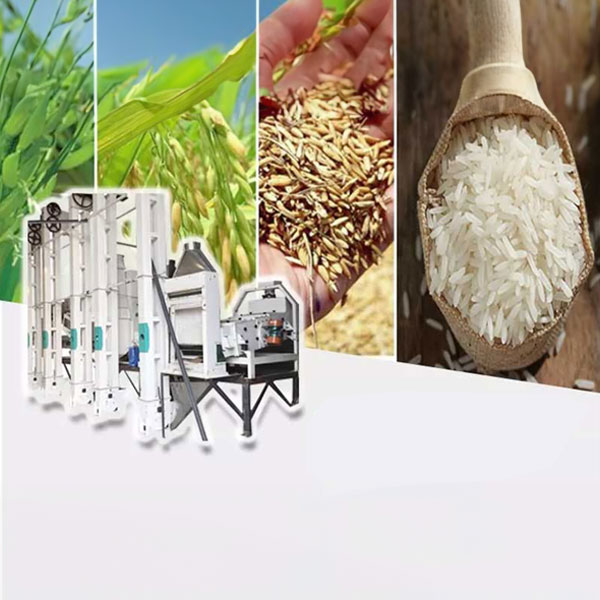
Rice Husking
After cleaning, the rice is pristine and ready for the hulling process. Once shelled, the rice adopts a yellowish tint, commonly referred to as brown rice.
Rice Milling
To produce the familiar white rice, it must undergo the rice milling process. This entails removing the outer bran layer, responsible for the yellow hue. The bran layer is rich in nutrients, so people usually believe that brown rice has a higher nutritional value than white rice.
Rice Polishing
Rice polishing is a meticulous process that involves removing the remaining bran from the rice grains. This step results in a smoother and clearer appearance for the rice. Not only does this enhance its visual appeal, but it also increases its commercial value and extends its shelf life.
Rice Grading
Rice grading can occur either after milling or polishing, with the option of conducting the process twice if necessary. The decision to grade the rice once or twice is primarily influenced by the diverse preferences of consumers.
This process depends on the difference in size among rice grains, separating them into whole rice and broken rice. By sorting rice into various qualities, it makes it easier for customers to buy rice according to their preferences.
Rice Packaging
Rice packaging marks the last stage, where the rice is weighed and sealed in a bag or container. This makes transporting rice easier and extends its storage time. The rice packaging typically includes printed details like the production date and weight.
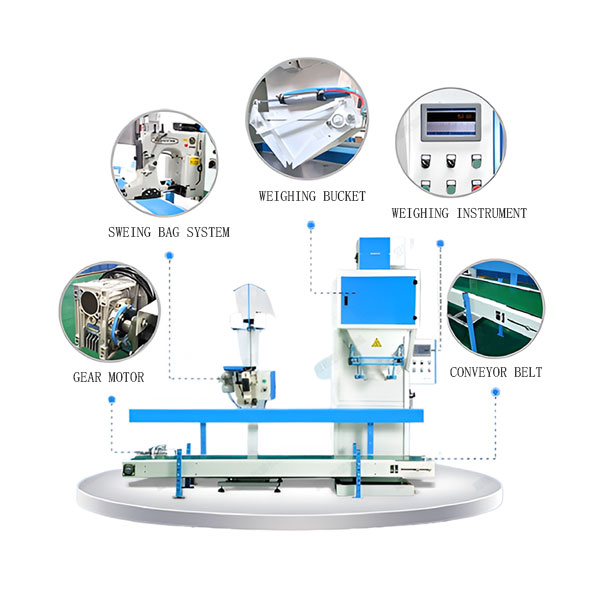
Equipment Used in Rice Milling
The human processing of rice spans a long history, evolving alongside technological advancements. New technologies, like automated machinery, have greatly boosted the efficiency of rice milling. Additionally, using machines helps cut down on labor expenses and save material resources.
Rice Cleaning Machine
There are 3 main types of rice-cleaning machines. The first type operates through rotation. Due to the different pore sizes on the sieve cylinder. Large impurities, small impurities, and rice grains will be separated.
The second type is mainly achieved through vibration. These vibrations facilitate the removal of impurities after the rice passes through two or three layers of screening. This method ensures effective cleaning of the rice grains.
The third type combines vibration and suction, offering advanced technology. The rice grains can be suspended or semi-suspended by suction. Under continuous vibration, remove impurities from the sieve plate.
Rice Husking Machine
In the old days, hulling involved manual labor, which was both time-consuming and labor-intensive. However, modern husking machines have replaced this manual process. Simply place the rice into the machine, and it can shell one ton of rice in half an hour. Some more efficient machines can even complete this task in just ten minutes. Using these machines is not only convenient but also highly efficient.
Rice Milling Machine
Rice milling machines play a critical role in the rice processing industry. They are essential for transforming harvested rice into the white rice. These machines come in various types, each tailored to specific rice varieties and processing needs.
Vertical, horizontal, and hybrid are the primary categories of rice milling machines. The selection of a suitable type depends on factors like rice variety, processing capacity, and desired quality.
A high-quality rice milling machine significantly enhances processing efficiency. It can handle large quantities of rice, processing up to 100 tons per day. Moreover, these machines are designed to minimize rice breakage and maintain nutritional value.
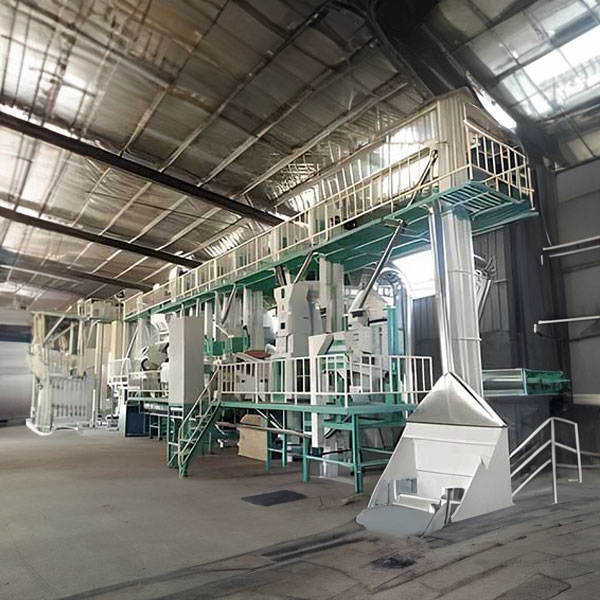
Rice Polishing Machine
The rice polishing machine first sprays the rice with a mist to coat the surface. Then, the rice grains rub against the sieve, causing the water mist to crystallize, giving the grains a radiant, glossy appearance.
Rice Grading Machine
White rice is sorted into whole rice and broken rice using a vibrating sieve composed of multiple screens. The rice is separated into different layers based on size through the vibration process.
Packaging Machine
Manual weighing and packaging is very time-consuming and labor-intensive, and there may be some errors. However, with the utilization of fully automatic packaging machines, precise weighing and automated packaging can be accomplished. These machines are user-friendly, offering precise and rapid packaging processes. The efficiency of automated machines significantly saves time and labor.
Conclusion
Rice milling is a crucial step in rice production and processing, essential for converting rice into its white form.
Interested in delving deeper into this field or considering entering the rice milling industry? Explore ANON for comprehensive guidance tailored to your needs!


